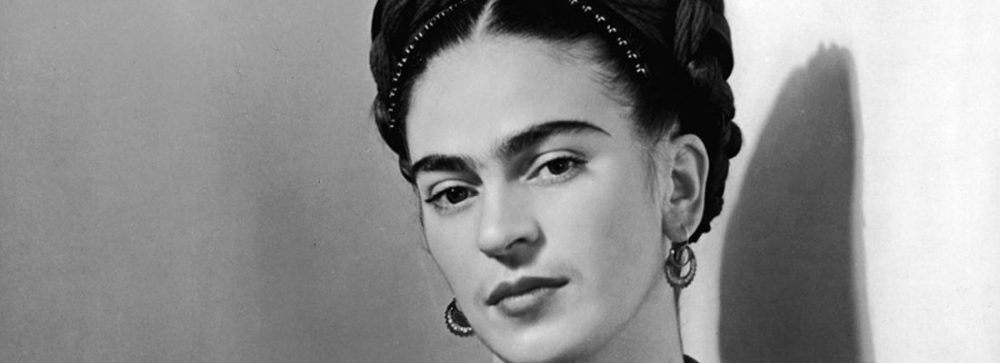I believe the purpose of public art is to offer art to the people, meaning that any individual can become its audience. While public art may target a specific audience in the essence of its message, it does not exclusively appeal to specific audience because it is not concealed. I think public art is critical to have in our society because everyone deserves to experience art in some shape or form. However, art museums are important to have for society as well because I think that their existence expands audiences’ knowledge on the artwork, artists, and creative themes within them. I see art museums as a space of learning, reflection, and admiration. Public art can make a difference by merely existing in a highly populated area. Anyone that walks by graffiti, a sculpture, a statue, etc. can be influenced and can experience a variety of thoughts and feelings. Public art can be used as propaganda as well with the purpose of spreading the word about a specific cause (i.e. the feminist movement or civil rights). Art museums can make a difference educationally because more likely than not, a trained professional presents the art to its audience. In these cases, the art can be explained in its full form, offering a detailed analysis of the artist’s intentions, purpose of creating the piece, and different symbols represented.
“Los Tres Grandes” intended to spread revolutionary nationalism and idealism with the creation of their murals. By reflecting images of the mestizo, Revolutionary War, and traditional Mexican culture, “Los Tres Grandes” created a common image for the Mexican population and united many citizens. Walter Beach Humphrey created his murals in direct reaction to Orozco’s murals at Dartmouth College. Orozco’s murals reflected traditional Mexican polytheism, as well as the suppression of the indigenous people, white supremacy, and Mexican nationalism. Humphrey did not believe that Orozco’s murals represented the traditions of Dartmouth College, so he intended to create a mural that reflected founder, Wheelock, as well as Native Americans. Instead, Humphrey created a piece that was not only racist, but incredibly sexist and satirical. The Hovey murals definitely touches on many current societal issues, but it also extends to our question of, who authorizes and supports the production of art? In this case, Dartmouth College authorized Humphrey to create his mural, as well as supported him. Today, the college does not support what Humphrey has created because it is so controversial, but allows audiences to view the Hovey murals for educational purposes. 

